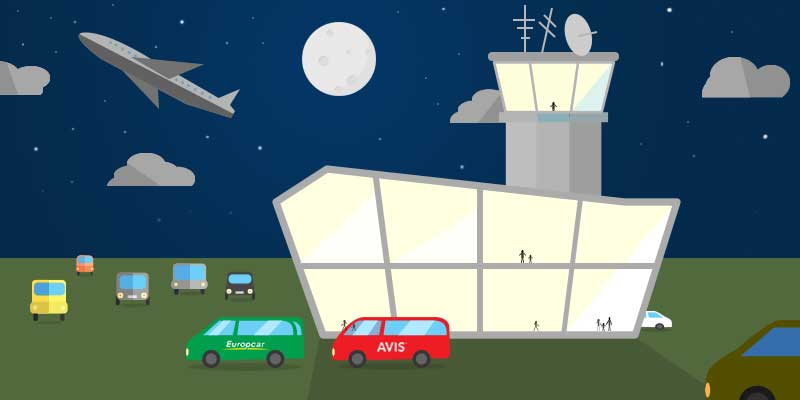







Tips for driving your rental car in Namibia
If you're travelling to Namibia, a rental car is the best way to reach all the spots this country has to offer. Namibia is a very interesting country to explore and its capital city Windhoek counts 252721 inhabitants. In Windhoek hosts 11.6% of the entire country's population, which counts over 2180000 inhabitants. In Namibia the language spoken most widespread is English but people also speak Afrikaans and German. The time zone in Namibia is GMT+01:00 so make sure you adjust your watch at landing. We suggest adjusting your watch before take-off to help conquer jetlag! The electric plug type in Namibia is D / M and the electric voltage is 220 V, so it could be a good idea to bring an adapter with you to protect your devices' lifetime. The calling code in Namibia is +264, make sure you note this down as it can come useful at times.
More travel information about Namibia
With a fuel cost in Namibia averaging at 1.24 USD, driving around the country won't break the bank. Namibia shares its land borders with Angola, Botswana, South Africa and Zambia, which mean there are plenty of road trip options for travellers wishing to explore a little further. Before crossing any border, please make sure that this is in line with the terms and conditions of your car rental as these might vary according to the supplier you rent your car from. The roads stretch for 44138, 0 of which motorways, which ranks Namibia as the 82nd country in the world with the longest road system. This amount of road will let you drive across the country and discover its wonders, secret spots and the delicious local tastes. Please note that in Namibia there is a Left-hand traffic law - it's important to know that the currency is the Namibian dollar (NAD). Speed limits in town are 60 km/h and on motorways they are 120 km/h. Bear in mind that in Namibia, speaking on the phone while driving is allowed therefore we recommend caution at any time.
UNESCO World Heritage Sites in Namibia
Namibia boasts two UNESCO sites which confirm this country's important heritage. Those who visit this country for leisure certainly can't miss these spots. The top UNESCO sites are: Twyfelfontein or /Ui-//aes (cultural) and Namib Sand Sea (cultural).
